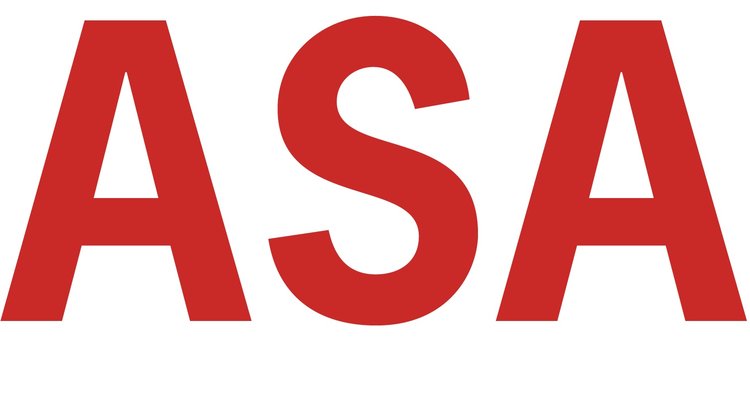With spring comes optimism, including around the challenge of COVID. We see people returning to art exhibitions, sporting events, visiting the famous cherry blossoms on the University of Washington campus, even attending the annual Gridiron Dinner in Washington D.C., most without masks. Others are returning to movie theatres, or coming out for ceremonial events like weddings, and funerals. We are delighted to see one another after two years of relative isolation. Scientists talk about the pandemic moving into an endemic stage, and the analogy used most frequently is our annual flu season. Across that backdrop, as rules about COVID fall away, the Omicron B variant is driving the numbers up in several states. It’s hard to look for advice from the CDC, which is currently undergoing transformation, and some would say that its advice has been marginal these past six month.
Teachers at all educational levels have had challenges with state mandates. At the University of Washington, indoor masks are now optional except in health-related situations. I cannot require my students to mask up, nor will their grade be related to whether they wore a mask. I can only speak for myself when I say that I plan to continue to wear a mask when I teach.
I had COVID in January, which included brain fog, extreme fatigue, and muscle/joint pain. As a result, I assume I have some natural immunity built up. I am fully vaccinated and will receive my second booster in two days.
It certainly would be more convenient to take off the mask. Right now, I rely upon my eyes to convey facial expressions. If students could see my whole face, it might be easier to understand what I am saying. The other factor is that only about one third of my students are wearing masks right now. But just as I still wear a mask in the bookstore or while eating out, I plan to stay with a mask this quarter. That is certainly a decision I will revisit each week based on the numbers, just as the university is keeping a close eye on campus numbers of infections.
In other columns, I’ve talked about supply chain issues and cyber threats that are denser problems than usual during a pandemic. Despite Russia’s ability to further freeze the global supply chain or penetrate critical infrastructure, we are engaged proactively only at a very early stage. It’s difficult to look at the images coming out of Ukraine, and hard to remember that Russia initiated warfare on February 24, after similar acts of aggression for years, and after repeated cyberattacks on the government and posturing with equipment and troops on the border for several months. From the date of the invasion, it’s nearly two months, a long time ago for the Ukrainians still to be vigorously defending their country, military and civilians alike. Millions have fled the country, and most cities have lost vital critical infrastructure and housing. There is a vicious element in the warfare that has led to accusations of war crimes – the latest example would be the message (“for the children) painted on to a bomb that hit the Kramatorsk train station, or the daily discovery of mass graves of Ukrainians in cities where the Russians have been on the ground.
What does pandemic have to do with this terrible war? One has to conclude that the cohesiveness of the NATO strategy on sanctions and other actions should have surprised Putin and had him changing course. Because of COVID, many have been working online and remotely until recently, so it’s possible that government teams had not examined the potential operational details of the war while they were warning Putin not to engage in war. Being able now to put teams in rooms to work together is a positive outcome of the new COVID rules. We will be watching to see if sanctions and additional hardware will be enough.
At a time of renewal and optimism – a month in which three religions celebrate major holy days – how can we remain cautious and continue to assess the COVID numbers? The shadows lurk at the edges of optimism, causing us to ask if there is a backup plan should the numbers go back up? And in the middle of such uncertainty, it seems fair to ask if there is a backup plan for Ukraine and Eastern Europe? These questions are made all the more urgent and difficult as the cascade of problems seem to demand more comprehensive review of policy and practices on a global scale.
